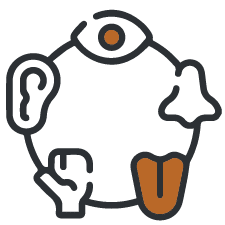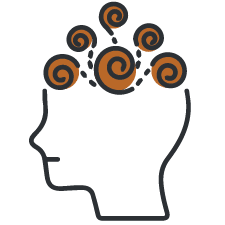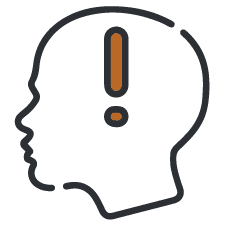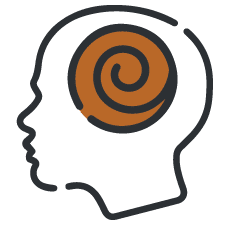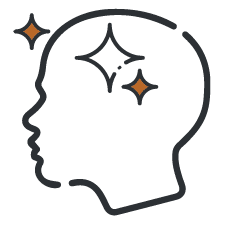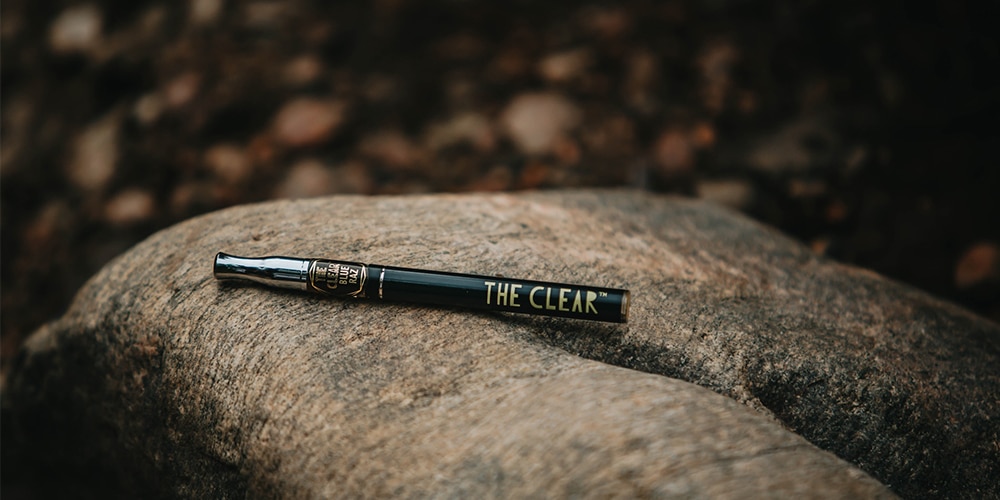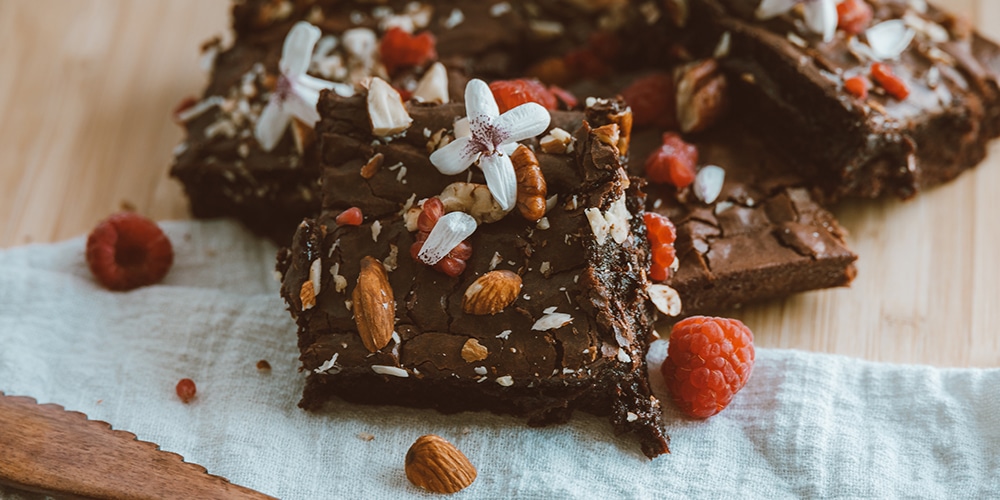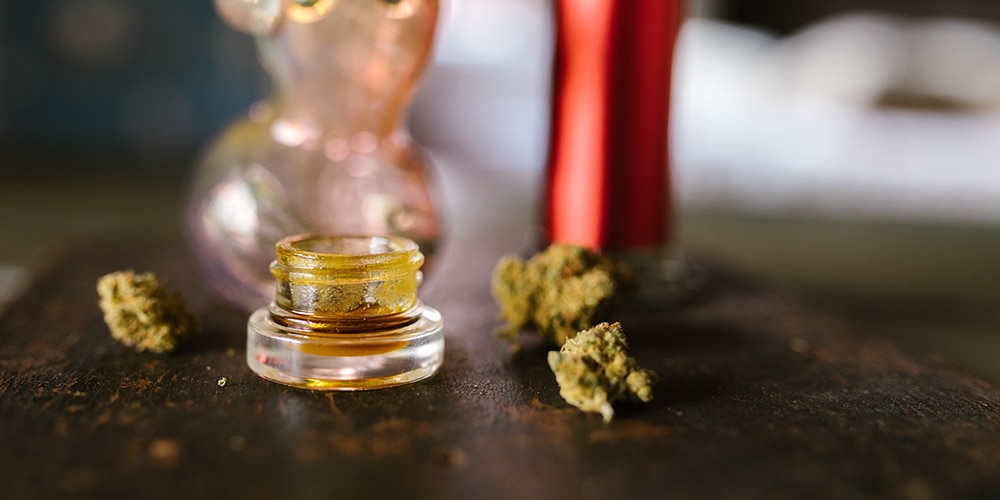Marijuana is the most commonly used illicit drug, with more than 52 million people in the United States reporting they used the drug in 2021. While marijuana is widely viewed as a socially acceptable drug, using marijuana can result in serious short- and long-term health effects, including marijuana addiction.
Marijuana can produce strong feelings of pleasure and euphoria, making it hard for users who have become addicted to the drug to quit using it.






